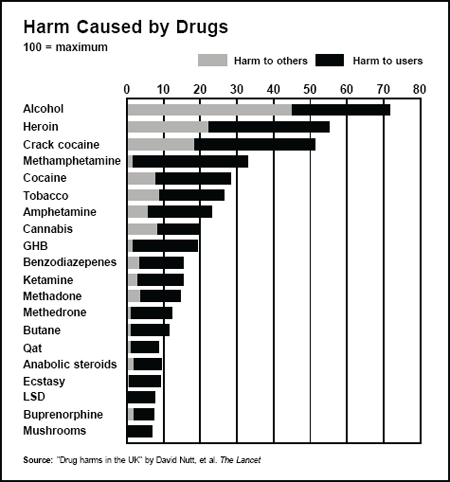Mega Results for Individuals, Organizations, and Society: Measuring Consequences
Measurement is both vital and tricky. How do we know when someone is self-sufficient and self-reliant? When can we tell when they are not under the care, custody, or control of another person, substance, or agency? Good questions, and ones for which we should have answers.
In the Ideal Vision (Figure 3.1), we note that each individual should at least be self-sufficient and self-reliant. How can we tell?
One useful indicator is that a person’s consumption (what she pays for) is equal to or less than their production (what they get paid for).12 A simple equation is
C ≤ P
where C is consumption (in monies paid out) and P is production (for which one gets income). This is an indicator of self-sufficiency and self-reliance.
Additional indicators might be used for individuals:
• making more than you spend
• not in jail
• not on government transfer payments (e.g., welfare, relief, food stamps, charity)
• positive credit rating
• not in a mental institution
• not homeless
• not under the care, custody, or control of another person, substance, or agency
Is all of this a bit mercenary? Perhaps at first light, but it really is practical and pragmatic.
No matter the culture, there is always some token of exchange, be it in pounds, Yuen, dollars, Euros, shells, or cattle. We keep track in terms of some form of money. Does such an indicator cover all possible criteria or does this give a perfect fit with actual survival, self-sufficiency, and quality of life? No, but at least it provides some metrics for us to use and improve.
The use of societal value-added criteria by applying C ≤ P was used in the State of Florida to determine the basic value of several Job Training Partnership programs that were intended to improve employability and remove them from public assistance.13 When examined using the conventional criteria of completion of training and job placement as well as the societal return-on-investment, it was found that two of the three programs showed both increased wages and increased employment, while one program did not have a significant positive return-on-investment.
The approach of including Mega—societal value-added—allowed decision makers to continue what was working and revise that which was not performing up to fiscal responsibility.
Data exist concerning Mega as more and more professionals and managers recognize including societal costs and consequences. For example (Figure 3.2), research on what Deming called the “costs of non-quality” bad behavior shows some impact criteria for calculating the costs and consequences of Mega-related variables:14
Figure 3.2. Some data on the Mega-related costs of “non-quality” that can be considered in Mega planning.15
The Bernardez 2-Level Business Case Model

